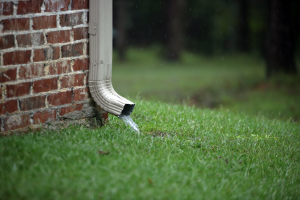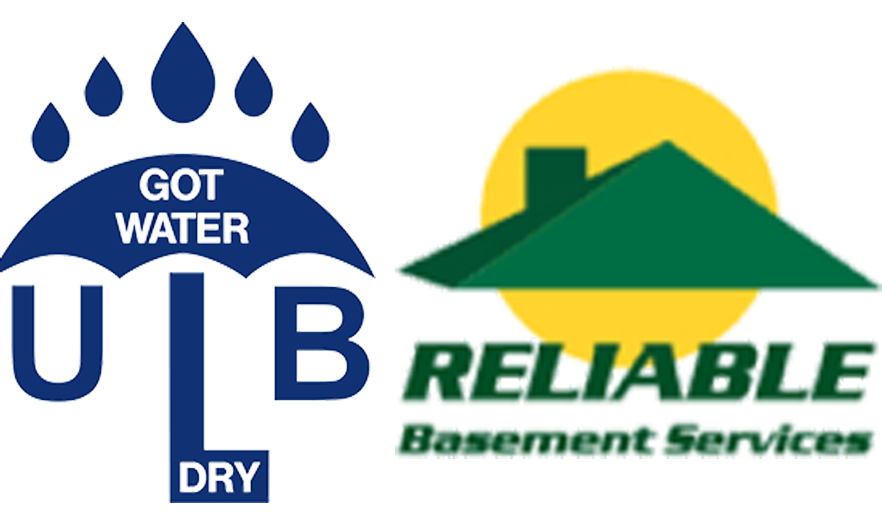
Basements exist underground. Precipitation flows down into the soil. Therefore, it stands to reason that moisture may eventually make its way into a basement.
The question you might have is: how? How exactly does water make its way from the outside of your basement wall to the inside of your basement? There are a few different ways, each of which will be discussed below.
Foundation Cracks Repairs in Downers Grove
The most common channel through which moisture makes its way into a basement is the foundation crack. Foundation cracks form on basement walls over time as the walls are exposed to shifting soil and hydrostatic pressure. The larger a foundation crack is, and the more foundation cracks that exist, the more water a basement will take on during storms.
For this reason, it’s wise to repair foundation cracks as they form. The quicker you can repair a foundation crack, the more water you’ll keep from coming into your basement over time.
If you don’t feel like repairing foundation cracks as they form, you can opt for a basement waterproofing membrane instead. This membrane will provide a water barrier for a period of up to 10 years.
Humidity
Another way that moisture makes its way into a basement is via humidity. The more humid the climate is, the more moisture that will exist in your basement’s air. While this humidity won’t cause water to collect or pool, it can still cause some form of damage.
For instance, humidity could cause a wooden chair to warp over time. It could also result in the growth of mold or the formation of musty smells.
Fortunately, it’s fairly easy to lower the humidity in your basement. All you need is a dehumidifier, which is an electric machine that removes water molecules from the air and collects them in a container.
Window Wells
Basement windows are designed to seal out moisture. However, over time, as they deteriorate, they often begin to allow more and more moisture to pass through them.
Unfortunately, when heavy rains fall, this issue becomes particularly problematic. This is due to the fact that water can sometimes collects in window wells, which can then seep through the windows.
If you’re having issues with water coming through your windows, you’re advised to make a change sooner rather than later. If you’re looking for the most watertight windows imaginable, you should consider using glass block windows, double-paned, or vacuum windows that keep water at a comfortable distance.
Sump Basins
Sump pumps are interesting devices. On one hand, when operating correctly, they can provide one’s basement with almost 100% protection from water. On the other hand, when impaired, they can allow water to rise at just a moment’s notice.
The reason for this? The sump basin. The sump basin is a hole responsible for collecting water that’s in proximity to a given basement. As more and more water comes into a basement’s proximity, the water level in the sump basin rises.
When operating correctly, the adjoining sump pump will pump this water out. When not operating, the sump pump will fail to pump this water, allowing it to flood into the basement.
The question is: how can you ensure that your sump pump is always operating adequately? The answer is: you can’t. However, what you can do is install a backup. Having a backup, battery-powered sump pump will provide increased protection against flooding, helping to keep your basement dry.
Make Use of Basement Waterproofing in Downers Grove
Is basement moisture a reality for you? Looking to make use of basement waterproofing in Downers Grove, Illinois? The pros with ULB-DRY Waterproofing can help.
We’ve installed waterproofing entities in a wide variety of basements throughout the Downers Grove area. Whether you’re looking to install a sump pump, drain tile, downspout extensions, or otherwise, we’re the people to see.
To start waterproofing your basement, contact us today!





